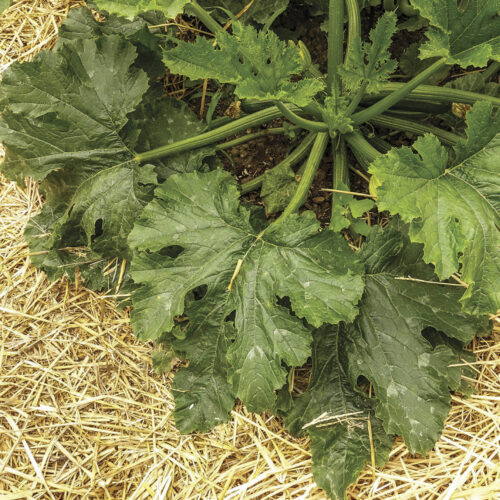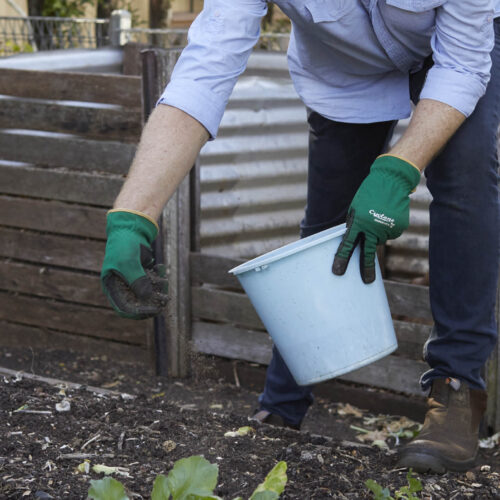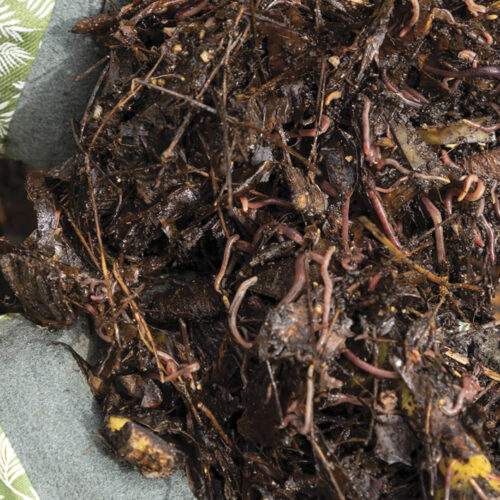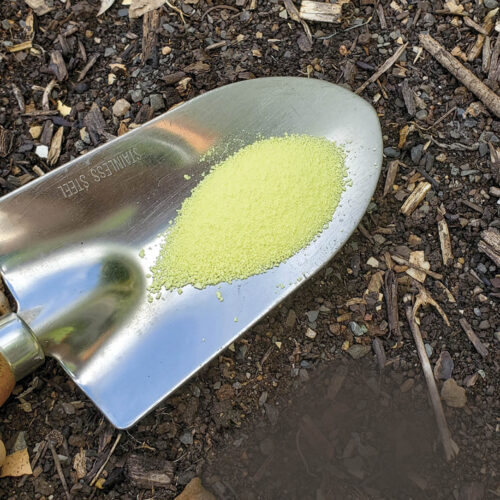7 keys to healthy soil
2014-01-30T01:37:29+11:00
Healthy soil is the cornerstone of organic gardening. TIM MARSHALL reveals the keys to ensuring your soil is at its bests.
There are many approaches to organic gardening, such as biodynamics, permaculture and what I call the traditional ‘Lady Eve Balfour’* method. But no matter what your preferred system, all share a common theme: they are based on a fundamental appreciation of and care for the soil. This view does not intend to undervalue other aspects of natural and organic gardening, such as the importance of biodiversity. However, it does advocate looking after the soil as a first priority and suggests that if we do that well, then many other aspects of the garden, such as pest and disease control, will be easier to manage. Below are the key principles and techniques of soil care, valued by informed gardeners across every organic or biodynamic system.
1. Keep soil covered whenever possible and for as long as possible, with growing plants or mulch.
2. Avoid deep cultivation. Shallow ‘tickling’ of the soil to 5cm or so will usually do the job of weed control or incorporating organic matter. If you choose to use a technique such as double digging that goes much deeper, it should only be done occasionally, perhaps every five years or so, and certainly not every year. Native soils in pristine environments are always organised into identifiable vertical layers and perform best when allowed to remain that way.
3. Avoid chemical fertilisers and synthetic inputs. They inhibit soil biology and there are always suitable natural and organic alternatives.
4. Avoid walking directly on soil. Use paths or stepping stones, or raised beds you can easily reach the centre of. If you must tread on soil, mulch will help to distribute your weight, reducing compaction, and help soil to recover.
5. Spend some time observing and investigating soil. Dig holes to see where roots are, how deep rain or irrigation water has penetrated, whether hardpans exist and how much soil life is visible (or its effects, such as worm holes).
6. Almost all soils – sand or clay, acid or alkaline, shallow or deep – will benefit from increased organic matter content. This organic matter, most often compost, can be left as a thick layer (a few centimetres) on the soil surface where earthworms, dung beetles and other organisms will bury it for you. Alternatively, you can grow green manures – crops that are dug into the soil to add fertility, rather than harvested.
7. Encourage earthworms: they are only part of soil life but they deserve a special mention. The most common types build vertical tunnels that greatly increase water infiltration and therefore vastly improve the efficacy of rainfall or irrigation. Care for them by avoiding deep cultivation, chemical fertilisers and pesticides, and providing mulch. Use forks rather than shovels if you need to break up soil. Most gardens have earthworms, but if they are absent, dig some from a friend’s garden and tuck them under some mulch!
* Lady Eve Balfour wrote The Living Soil (in 1943), a key publication on organic growing. Her method focused on care for the soil and increasing organic matter.

.jpg)




